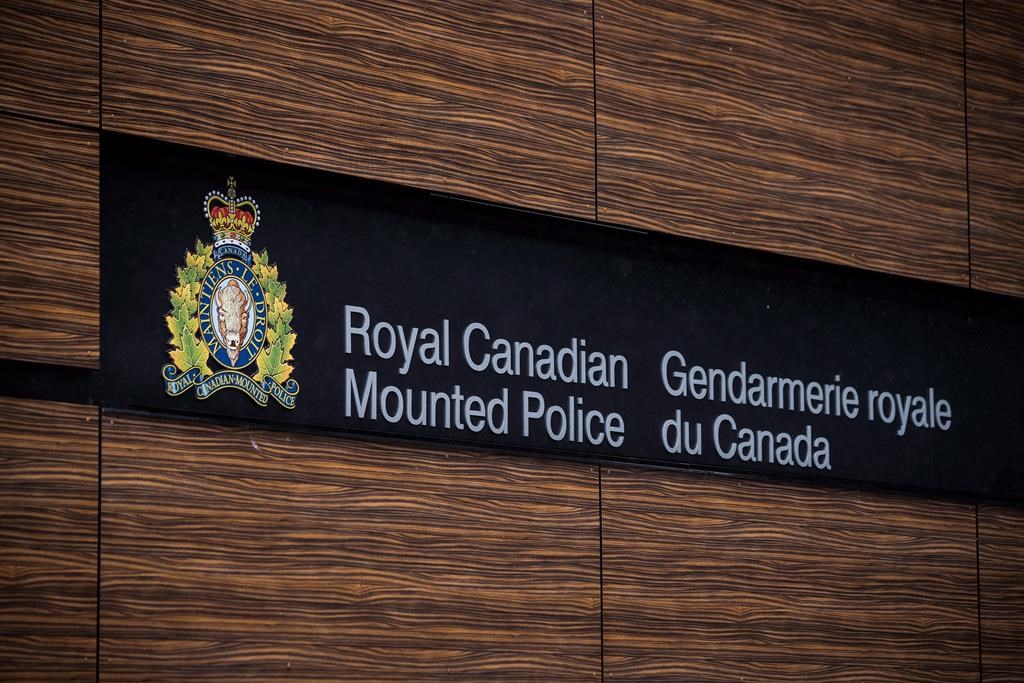U.S. hunter who killed African lion in Alberta records for a mule deer
Posted Jul 29, 2015 1:19 pm.
Last Updated Jul 30, 2015 6:20 am.
This article is more than 5 years old.
EDMONTON – There appears to be a Canadian connection to a U.S. hunter at the centre of a social media storm for killing a protected lion in Africa.
The Bowhunting Records of Alberta lists a Walter Palmer as having killed a mule deer legally in October 2006. It’s listed as the 187th-largest mule deer bagged in Alberta.
Two Zimbabweans are accused of helping Minnesota dentist Walter James Palmer lure and kill a black-maned lion named Cecil, a favourite with tourists who regularly spotted him while they were on safari.
Animal rights groups have said Palmer shot the lion with an arrow from a crossbow after the big cat was lured from a protected area, killed, skinned and decapitated. A conservation spokesman in Zimbabwe has said it’s believed the wounded lion was tracked for 40 hours before Palmer shot it with a gun as a hunting trophy.
Since details of Cecil’s death have become public, Palmer has been pilloried in social media around the world.
“Coward, scoundrel, murderer,” reads a message by Marcelo Bastos, one of many posted on Twitter about the lion’s death.
“Another vile despicable murderer/trophy hunter outed. Walter Palmer. Proud of his ugly mug pictured with the beautiful animals he murdered,” says another by Melia Windsor.
Palmer, who reportedly paid US$50,000 to track and kill the lion, has said he didn’t realize it was protected and relied on local guides to ensure the hunt was legal.
Scott Ellis of the Canadian Federation of Outfitter Associations said he doesn’t believe Palmer’s actions will reflect badly on guided hunting companies in Canada.
He said the industry contributes hundreds of millions of dollars to the economy and creates thousands of jobs in rural and remote areas.
Outfitters in Canada are regulated by the provinces and territories, Ellis said. While the rules vary by jurisdiction, quotas are set to ensure that hunting is sustainable.
“As a hunter, I’m disappointed. He did an illegal act,” Ellis said Wednesday of Palmer. “We have a very green, very law-abiding community in general.”
The industry in Canada caters mainly to hunters from the United States.
A report commissioned by the Alberta Professional Outfitters Society says 81 per cent of 8,425 hunting clients in 2013 were from south of the border. The industry pumped an estimated $105 million into the province’s economy that year.
Some companies aren’t shy about advertising.
Porcupine Creek Outfitters in Pincher Creek, Alta., promotes its trophy-hunting guide service on a website festooned with colour images of hunters standing and smiling beside the animals they have killed.
Similar images of what appear to be Palmer were circulating widely on Wednesday. The photos showed trophy animals that included a dead lion, a leopard, a rhino, a grizzly bear and an elk.
One media report said Palmer shot and killed a black bear in northern Quebec in 2007.
Porcupine Creek Outfitters also offers to set up international hunts.
“In the spring of 2003 … the Asian and African portion of our business was formed to provide clients who were looking to hunt the African “Big Five” as well as plains game, Marco Polo sheep, Dagestan Tur and the many other species of game found throughout the world,” reads the website.
Company officials could not be reached.
South Nahanni Outfitters in the Northwest Territories offers guided hunts for animals such as Dall sheep that can run about $23,000 for a nine-day trip. The company website says all hunts are spot and stalk and involve a fair chase.
Co-owner Werner Aschbacher was deep in the remote Mackenzie Mountains on Wednesday supporting five guides out with hunters. He said they hadn’t heard about Palmer and the lion.
“They do it for the whole experience,” Aschbacher said about his clients.
“Sometimes they are shooting it for the meat. Most of the time they are shooting it for the trophy.” he said. “And they are doing it for what comes with it — the hiking, the camping, being out on the range.”
Cecil was being studied by an Oxford University research program. He is believed to have been killed July 1. His carcass was discovered days later by trackers.










